Large protests took place in the Nepalese capital, Kathmandu, and other cities across the country on September 8, 2025. At least 19 people were killed by security forces. Of those, 17 were killed in the capital. The next day, a number of Nepalese ministers, including Prime Minister Khadga Prasad Sharma Oli, resigned. People set the parliament building on fire and pillaged homes as well as party seats.
A large number of videos were posted on social media showing people who have been seriously wounded or killed by shots fired by security forces.
‘The aim was to denounce corruption’
Sunil (not his real name) protested in the streets of Kathmandu on September 8. Sunil, who is about 20, lives in Kathmandu and works alongside his studies. He told our team about the beginnings of this protest movement:
“The first calls for protest took place a few weeks ago, inspired by protests in Indonesia and the Philippines. But this initially started with a TikTok trend where people exposed ‘nepo kids’ and their properties.”
People started posting videos said to show the children of Nepali leaders, highlighting the difference between their luxurious lifestyles and the experience of most ordinary Nepalis. The hashtags “nepokids” or “nepobabies” started to go viral.
To display this content from TikTok, you must enable advertisement tracking and audience measurement.
This video for example, posted on TikTok on September 8, shows Nepali deputy Ek Nath Dhakal in his office and Foreign Affairs Minister Arzu Rana Deuba.
The government’s announcement on September 4 that it would be shutting down about 20 different social media platforms acted as a “trigger”, according to Meenakshi Ganguly, the deputy director of Human Rights Watch’s Asia Division.
Following a decision by the Nepalese Supreme Court, Nepal announced in late August a new requirement that social media platforms should nominate a local representative. Only a few platforms, including TikTok and Viber, responded to the new requirement in time. The decision, widely seen as an attempt at censorship, resulted in access to Facebook, X, and YouTube all being blocked.
Ganguly explains:
“It was triggered by the social media ban, but it was a reflection of public discontent – there were a lot of issues. And, in fact, all of the issues were already being talked about on social media, which perhaps is why the government was looking to regulate the platforms.
There were [online] campaigns about corruption, about ‘nepobabies’ and about the fact that regular citizens were not getting jobs, all while the politicians were not governing properly and not ensuring public welfare.”
The World Bank in 2024 estimated that the unemployment rate among young Nepalis between the ages of 15 and 24 was 20.8%. All of the protesters that our team spoke to insisted on the fact that the protests were against government corruption, despite contrasting narratives shared by different media outlets.
‘No violence and no use of weapons’
The protest that took place on September 8 was meant to be peaceful, says Sunil. He said the instructions were clear:
“The plan was simple: all the youths and members of Gen Z would gather and have a peaceful protest. No violence, no involvement of any third parties or political parties, and no use of weapons.
The objective was to speak out against corruption and force the government to resign and dissolve parliament.”
Nepalese journalist Sahana Vajracharya told Human Rights Watch that she saw “a sea” of protesters, many in school uniforms, march toward parliament around 11 am on September 8. She said that police then began to use water cannons and tear gas as the protesters pressed against barricades, and fired live ammunition when people climbed on the wall outside parliament.
To display this content from X (Twitter), you must enable advertisement tracking and audience measurement.
The X account @Asia_Intel, which is dedicated to geolocating images, verified several videos showing serious injuries. At least four videos showing people seriously injured – some even said to be dead – were filmed right in front of the Nepalese parliament.
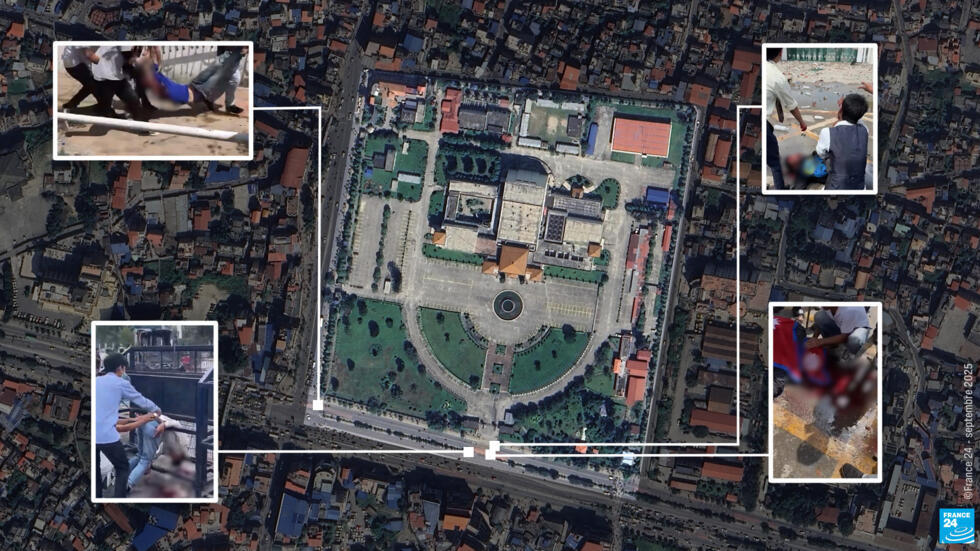
‘They were targeting people’s torsos’
Videos of police violence started appearing online on Monday afternoon, first on TikTok, which is still authorised in Nepal, and later on other social media outlets. The images show people with serious injuries and covered with blood. Some are inanimate and lying on the ground. Many of the victims have clearly have injuries to their heads or their torsos.
Other images, which we will not show, feature people whose faces have been completely blown off.
Ganguly, for Human Rights Watch, confirms:
“It was completely in violation of all legal standards on how police are supposed to control violence because, first of all, they are not supposed to use live ammunition unless it is absolutely necessary.
And even if they are using live ammunition, obviously, they should always aim to cause minimum harm. Shooting people in the head is not causing them minimum harm. Usually, the police tend to aim for the legs during a protest.
A lot of witnesses told us that they were shooting at chest level, which caused the fatalities.
It’s absolutely unprecedented.”
Assault rifles and lethal munitions
Other videos and images posted online by protesters show the types of weapons used by the Nepalese security forces. One video, shared on Facebook on September 8, shows a police officer repeatedly shooting through a gate.
To display this content from Instagram, you must enable advertisement tracking and audience measurement.
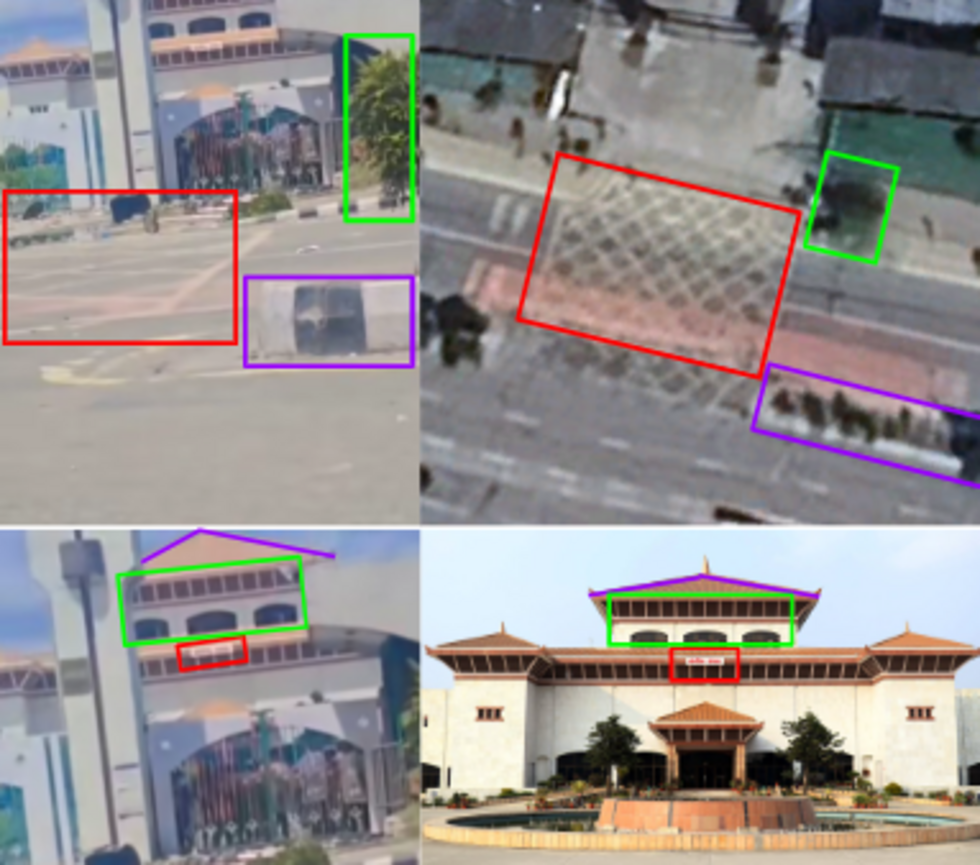
Our team geolocated this video. You can see the Nepalese parliament building in the background. The police are taking shelter behind the front gate and protecting the building from protesters.

Our team spoke to an arms expert, who requested anonymity, and asked him to identify the weapon used here. He said it was a lightweight 7.62x51mm automatic rifle.
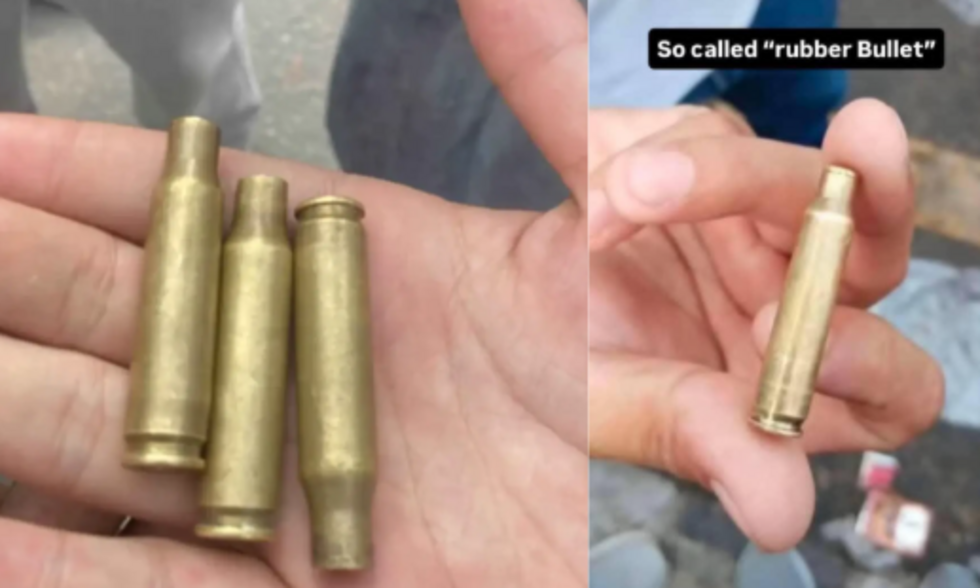
Other images posted by protesters show munitions found at the site of the protests. We have not been able to independently verify these images, but our expert said they look like “7.62x51 mm calibre munitions to be used in assault rifles”. He added that this is a lethal munition.
In his view, there is "a serious risk of fragmentation in the victim’s body at distances of less than 100 to 200 metres. Using this ammunition to maintain public order will result in ‘disproportionate’ risk because this is military-grade ammunition."
‘It was his first protest and his last’
Our team spoke to a man, who we are calling Kamal, whose friend was killed after being shot in the chest at the protests. Kamal, 26, is an economics student in Kathmandu. He says it was the first time that he and his friend went to a protest:
“The police were shooting and killing people, especially near the parliament.
I was with my friend during the protest – I just saw him fall down in front of me. He was brought to the hospital, but there were so many injured people there. They told me that he was no more.
We had been friends since we were children. But they shot him in the chest, and he died. It was his first protest and his last.”
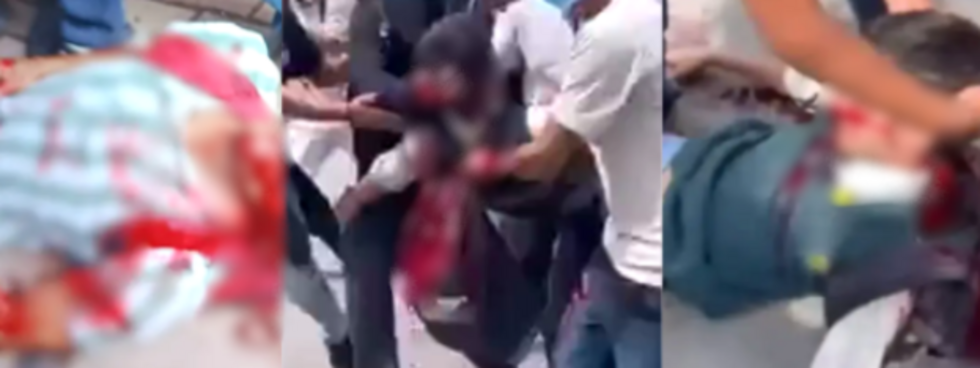
Some of the injured protesters who appear in the photos seem very young. A number of people seriously injured or even killed seem to have been carrying schoolbags. Ganguly highlighted this to our team:
“At one point, the police were afraid that the protesters might cross the barrier and enter parliament, which is what ended up happening on September 9.
But many of the protesters were schoolchildren, some of them were wearing school uniforms. They were very young. There are ways that security forces can control the crowd that don’t entail using lethal force and live ammunition against them.
At first, they were using water cannons, tear gas, and rubber bullets. But then they very quickly started using live ammunition.”
To display this content from X (Twitter), you must enable advertisement tracking and audience measurement.
Human Rights Watch reported that protesters were also killed in other places in the country. When the government imposed a curfew the morning of September 9, protesters poured into the streets of Kathmandu and started attacking public buildings and the homes of Nepalese political officials. Part of the government resigned, and the army took control of the capital on Wednesday, September 10. The police reported that three of their officers had been killed, while the spokesperson claimed that around 100 police officers were wounded.
“The protests are over – everything is under army control now,” Kamal told our team when we spoke to him on September 11.
The UN called for a “prompt investigation” into the deaths of the protesters.
“Freedom of expression, access to information, and peaceful assembly are fundamental rights protected under Nepalese and international law,” the UN team said.

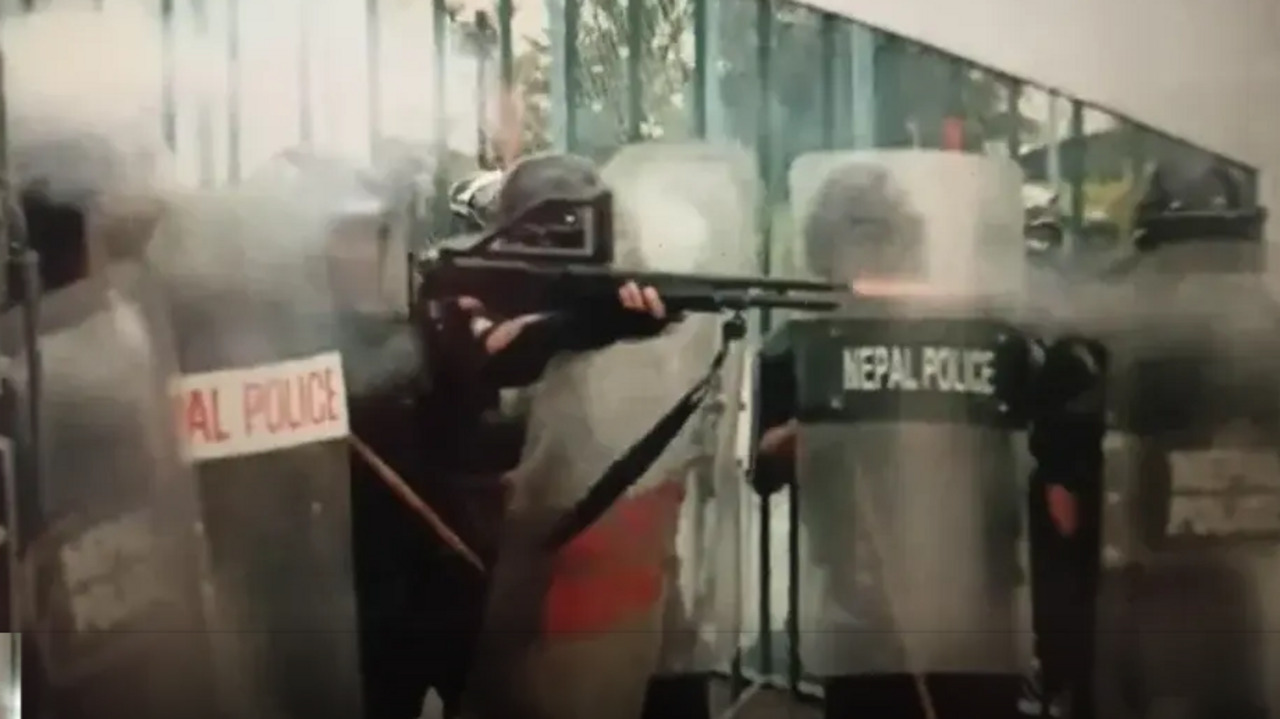
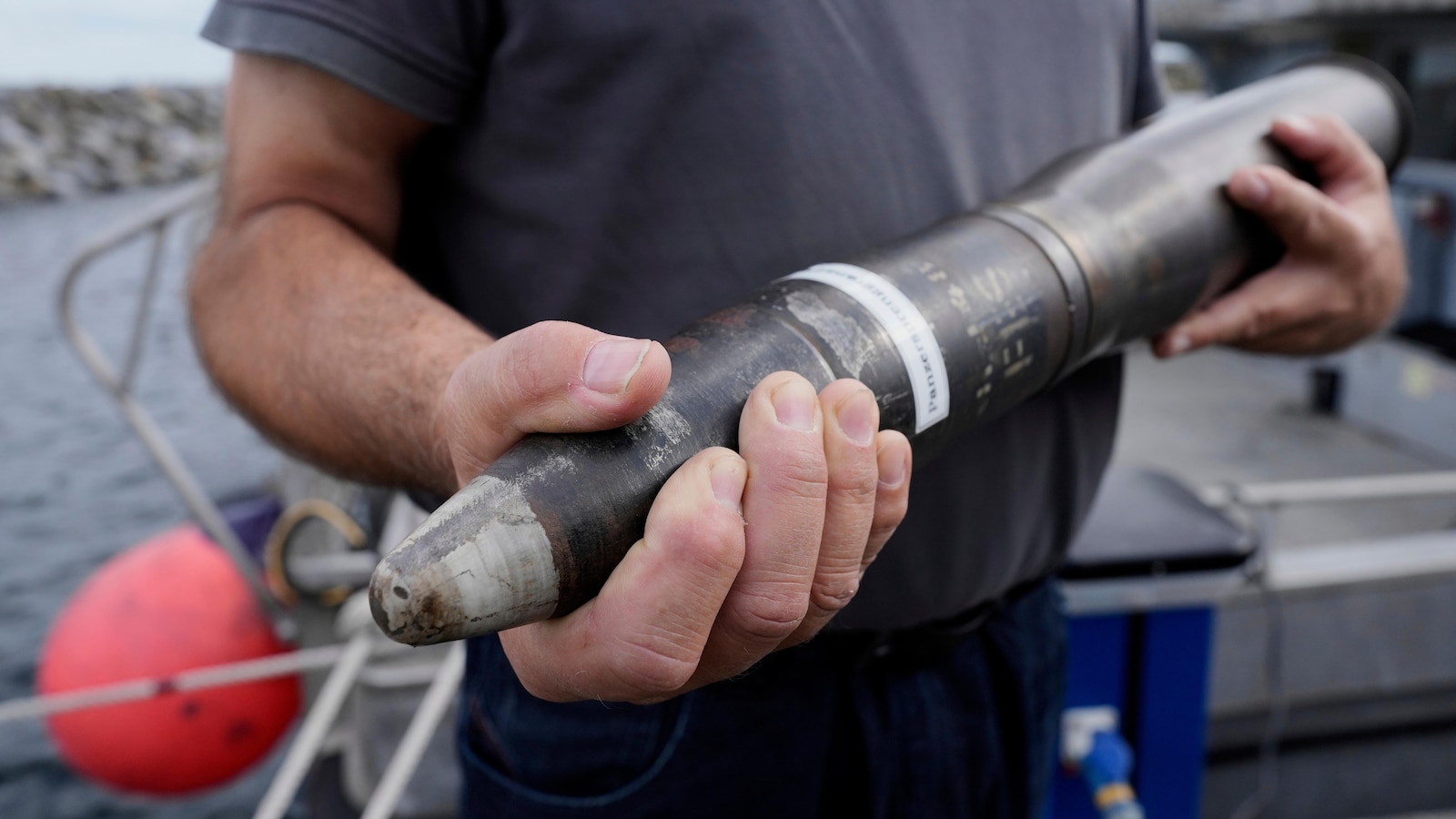








 English (US) ·
English (US) ·